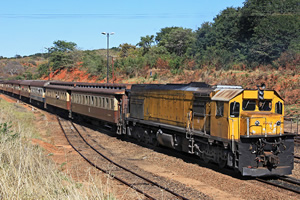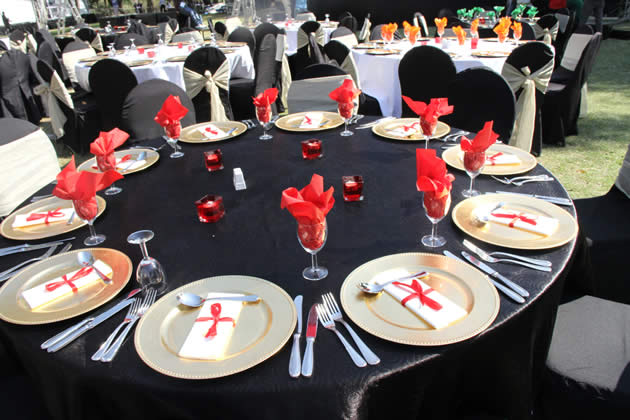Investors show interest in NRZ

Golden Sibanda Senior Business Reporter—
GOVERNMENT says it is negotiating with two companies that have shown serious interest in revitalising the National Railways of Zimbabwe. Transport and Infrastructural Development Minister Jorum Gumbo said in an interview last week that discussions with the investors are underway. The minister would not give finer details on the nature of the transactions saying divulging the details could jeopardise the talks.
The national rail carrier requires fresh capital to replace antiquated wagons, locomotives and signalling equipment among others. NRZ needs $460 million to meet short-term needs and a total of $2 billion for its long-term recapitalisation plans, but this has been elusive.
“NRZ needs recapitalisation; it needs wagons, locomotives and signalling equipment. The equipment was vandalised. At the moment we have limited operations, it is not as if NRZ is not operating at all.
“As such, we are negotiating with two serious companies that have shown interest in doing business with us. We want to make sure that it comes back to its optimal operating level,” the minister said.
NRZ is being weighed down by various challenges including vandalism of equipment and a limited revenue inflow which is inhibiting replacement and maintenance of ageing infrastructure and fleet.
It is working towards the refurbishment of some locomotives, wagons, tankers and passenger coaches to boost its current capacity. The refurbishment and repair of locomotives and wagons is aimed at increasing NRZ’s fleet and enhance the firm’s operational capacity.
The parastatal is also soliciting the support of private companies to participate in the PPPs programme, in an effort to capacitate itself. At its peak in 1998, NRZ used to carry goods in excess of 18 million tonnes annually, but this had dropped to 3,7 million tonnes by 2011.
NRZ is a vital link for all sectors of the economy due to its extensive rail network, 2 760 route kilometres of 1 067mm gauge track. Smooth functioning of the national rail company is key to the economic turnaround initiatives Government and private sector are pursuing, as rail is the cheapest form of transporting bulky goods.
Energy products and minerals account for a significant percent of the gross tonnage carried by rail. The commodities include coal and coke products, petrol, diesel, slag, chrome ore, granite and ferroalloys. Freight from the agricultural sector comprise mainly grains, cotton and tobacco, as Zimbabwe is the third largest exporter of flue-cured-tobacco in the world and the largest producer of cotton in the Southern African Development Community.
The industrial sector freight is made up of all the manufactured and semi processed goods, which do not fall into the other categories. But this sector has intense competition from road transport, which offers door to door delivery and the high-value nature of the traffic, including metals and wood, cement, fertilizer, food and stock feed.









Comments